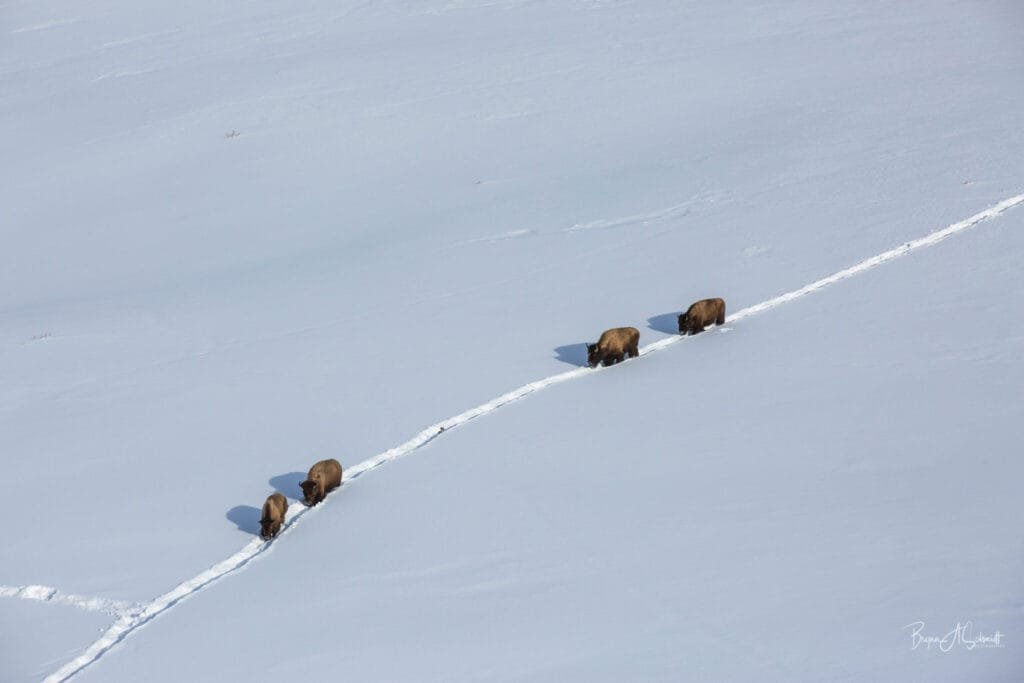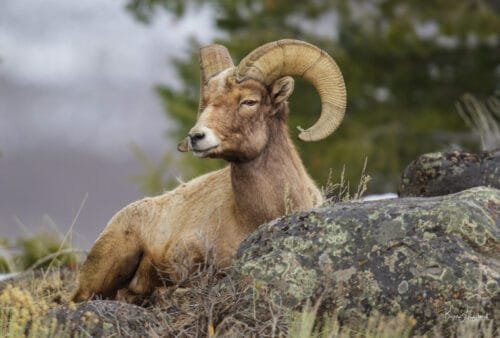Wildlife Photography
and the Nature First Principles
The Nature First Principles and Wildlife Photography

Being a responsible wildlife photographer is important for the well-being of the animals and their natural habitat, as well as for your own personal safety.
Great care should be taken to not alter, affect or impact an animal’s natural behavior. One of the best ways of doing this is to obey the local rules and regulations for keeping a safe distance. Even if this means you can’t get “the shot” you want, you can feel better about yourself for doing right by the wildlife, and yourself.
Let’s take look at the Nature First principles and how we can apply them to wildlife photography to become better ambassadors for wildlife, their habitats and all of the natural world.
PRIORITIZE THE WELL-BEING OF NATURE OVER PHOTOGRAPHY
This principle is pretty straightforward when it comes to wildlife but can be hard to follow if you get caught up in getting “the shot.” Putting nature first means putting wildlife first – always. That means ensuring your actions don’t interrupt or alter natural animal behavior, including movement along paths they are trying to take. Also, respect their habitat. It’s their home and they have to live with it, even after you’ve left to return to your home. The best photos are always those of animals displaying their natural behavior, not those reacting to outside interference or stress.
EDUCATE YOURSELF ABOUT THE PLACES YOU PHOTOGRAPH
This takes just a little bit of effort, but information is usually readily available. Many parks and national forests provide lots of information on their websites and informational handouts about the different ecosystems, habitats and wildlife. The more you know about a species, it’s behaviors and habitat, the better you’ll be able to predict where and when you might see and photograph them. Often, parks will post times and locations of recent sightings which can also increase your chance of seeing wildlife. Nature First always encourages photographers to know before you go. It will enhance your experience AND make for better images.

REFLECT ON THE POSSIBLE IMPACT OF YOUR ACTIONS
Our actions are extremely important when dealing with wildlife. Our behavior can interfere with wildlife taking care of their young, abandoning their young and mating. Also, sometimes the potential impact is not obvious to the casual visitor. For example, driving up on a herd of bison on the road in Yellowstone can cause them to run – when they need to conserve all of their energy to just survive the winter. The simple act of stopping and waiting for the animals to move off the road at their own pace can make a huge difference in their well-being.
When too many people get too close to wildlife, or allow them access to food, the consequences are often severe. For example, black and grizzly bears can develop overly aggressive behaviors after too much interaction with people. These animals often end up relocated from their original home, or sometimes must be euthanized.
USE DISCRETION IF SHARING LOCATIONS
This is one of the easiest ways we can protect wildlife. When you are back home and sharing your photos on social media, consider sharing only the general area, such as the national park, and not the specific location. Imagine if ten people were watching a grizzly bear and then all went home and posted the exact location. The next day there could be hundreds of people looking for that bear in that same location. These are the kinds of situations that overwhelm wildlife. Take a bit of time to consider whether sharing a location is worth it or not, and how it might impact the animals you care about.
KNOW AND FOLLOW RULES AND REGULATIONS

Knowing and following local rules and regulations is critically important in wildlife photography. The rules are designed for the well-being of the wildlife, as well as your personal safety, and are easy to find on park and forest websites or on information provided to you at the park entrance.
Ensure that you we know the area’s rules and regulations for required viewing distance from wildlife. This usually varies depending on the area, and the animal species. For example, in Yellowstone National Park, you must keep 100 yards away from bears and wolves, but only 25 yards away for elk and deer. In Smoky Mountains National Park, the rule is to keep 50 yards from elk and black bears. So, take care to learn the rules in different areas. Also, watch for animals on the move. Many animals can travel quickly through their environment and that might bring them closer to you faster than you were expecting.
Be mindful of following rules prohibiting approaching or feeding wildlife, etc. It’s also common to see other rules such as shining lights or making noise to attract the attention of wildlife.
In areas with fewer rules, like your own neighborhood, you should be knowledgeable enough to discern the appropriate viewing distance. For example, that might mean keeping the same distance that you would in a national park. A good practice is to ensure that your presence never impacts or changes the animal’s behavior.
Learning and following the local rules and regulations may seem tedious. But know that the rules are not arbitrary. They are designed for the well-being of the animals and your personal safety.
ALWAYS FOLLOW LEAVE NO TRACE PRINCIPLES AND STRIVE TO LEAVE PLACES BETTER THAN YOU FOUND THEM
You can learn more about Leave No Trace here. These well-established practices provide great advice for everyone recreating in nature, whether we are photographers, hikers, campers, climbers, etc.
ACTIVELY PROMOTE AND EDUCATE OTHERS ABOUT THESE PRINCIPLES
Humans have a natural affinity and love of wildlife. But the importance of all wild species and their habitats are often under-valued or overlooked by today’s societies. If wildlife is important to you as a photographer, then you should help its preservation by practicing responsible wildlife photography. Lead by example and teach others around you about the value of wild animals and their habitats.

Based on the article “The Nature First Principles in Wildlife Photography” by Brynn Schmidt
